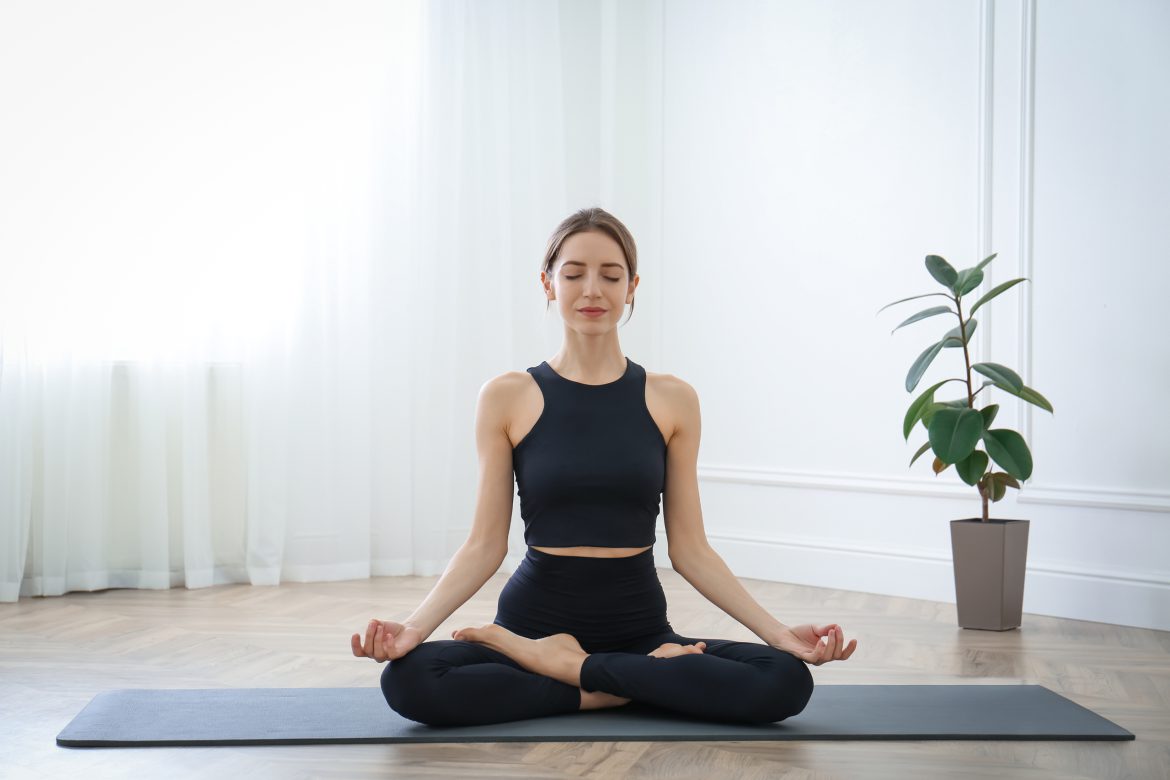In order to achieve a state of enlightenment or oneness with the universe, yoga integrates mind, body, and spirit through a large array of spiritual practices and procedures. Hatha Yoga, one of the various paths of yoga, is actually what is commonly referred to as “yoga” in the West. Although many yoga traditions emphasize various methods and practices, they all ultimately lead to the same state of union and enlightenment.
Whatever your aims are while beginning yoga, the poses themselves are a terrific form of both mental and physical fitness.
Everything you need to know about yoga for beginners is provided here, including its background and health advantages as well as its various types, basic yoga poses, accessibility, and etiquette. Are you interested in learning how to choose the best yoga class, the perfect breathing exercises, what it means to practice yoga with respect, and more? We also have that. Consider this your go-to source for basic yoga information.
Best Yoga for Beginners
We advise starting with a mild practice if you are unfit or severely rigid until you have developed the strength and flexibility for more difficult sequences. You should be able to join a regular hatha yoga session right away if you are a reasonably flexible and fit individual. When you are comfortable with the fundamental positions, you can try a vinyasa or flow class. Ashtanga, Bikram, and hot yoga are not advised unless you have developed some physical stamina and endurance. It is usually advisable to err on the side of safety and prudence and practice yoga gently and methodically.
Practice
On a sticky yoga mat with optional yoga supports, yoga is often practiced barefoot. Clothing that can stretch and move freely with your body is necessary for the yoga poses and motions. Although you can buy clothes made expressly for yoga practice, you can certainly pull together a cozy outfit from your current wardrobe to start. Additional props may be used in yoga lessons; the most popular ones include straps, blocks, blankets, and bolsters. You may quickly replace these goods with scarves or neckties, a stack of books, and pillows instead of having to buy them right away.
Regularity
You will notice noticeable changes in your flexibility, range of motion, strength, balance, inner calm, and general well-being if you can practice yoga three or more times each week. Our ideal recommendation is for 20–45-minute sessions, spaced out over a few days, lasting a total of 3–4 hours. Less yoga practice will still be helpful, but you will notice slower progress over a longer period of time. Similar to other things, the more time you can invest in it, the more rewards you will get.
Importance of Breathing
Pranayama, or paying attention to your breath, is a key component of yoga. In fact, some yoga masters consider pranayama to be more significant than asana (physical postures) in the practice. Ayama means “to extend or draw out,” while prana refers to the life force or breath that sustains the body. The two together refer to breath extension or control. There are several distinct pranayama practices; ujjayi is one of the most popular. You must properly perform Ujjayi in order to reap its full benefits. Ujjayi, which is produced by gradually restricting the aperture of the neck to introduce some resistance to the passage of air, should be both stimulating and soothing. A powerful Ujjayi breath produces a calming sound.
Benefits
Yoga offers a plethora of advantages. You will undoubtedly benefit both physically and mentally. When you include yoga in your everyday practice, everything will change for the better.
Here are a few benefits of yoga: –
- Pain relief
- Better heart health
- Helps you focus better
- Improves your mood
- Reduces inflammation
The Takeaway
Although entering a yoga studio for the first time can be scary, it’s vital to keep in mind that everyone started out as a novice. You can put one of yoga’s basic tenets, self-compassion, into practice by having the courage to attempt it.
Yoga is now loved and performed all around the world, and for good reason—it offers a number of advantages. The benefits go much beyond what the majority of people initially consider, which are the gains in flexibility and balance. According to research, regular yoga practice can improve cardiovascular and pulmonary health as well as muscular strength. It can also enhance sleep quality and general well-being while lowering stress, anxiety, chronic pain, and depression.


